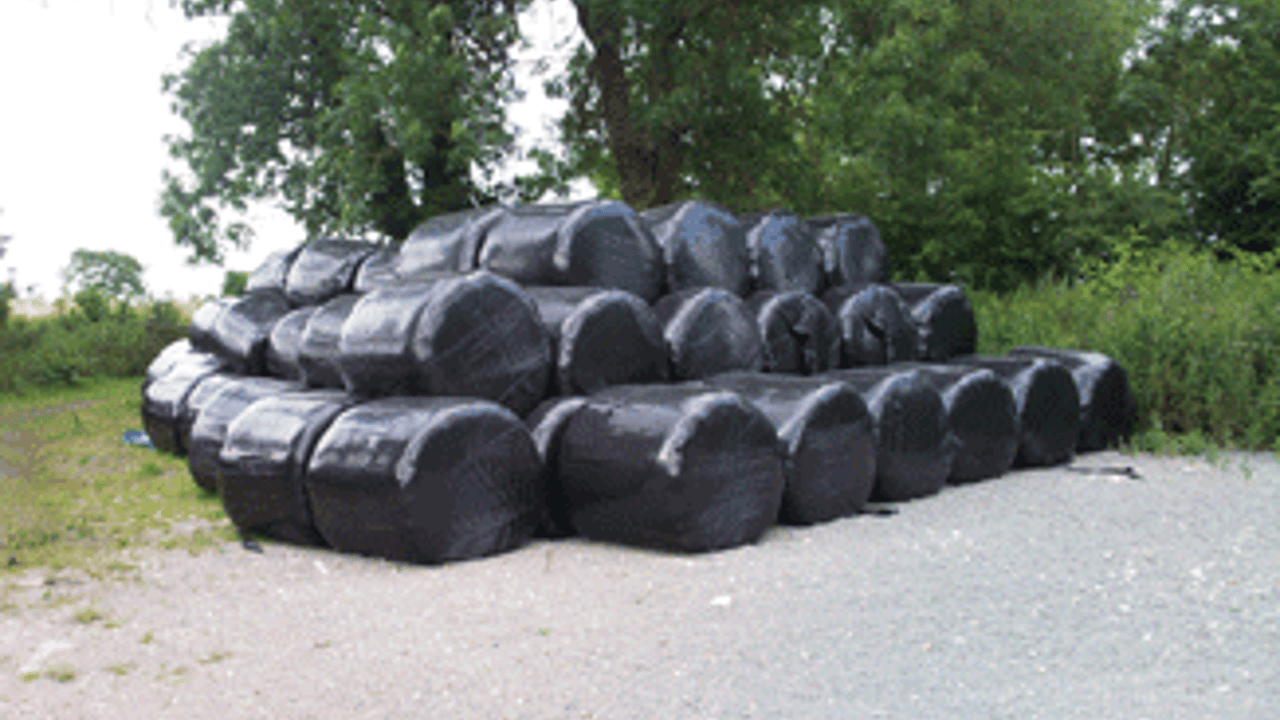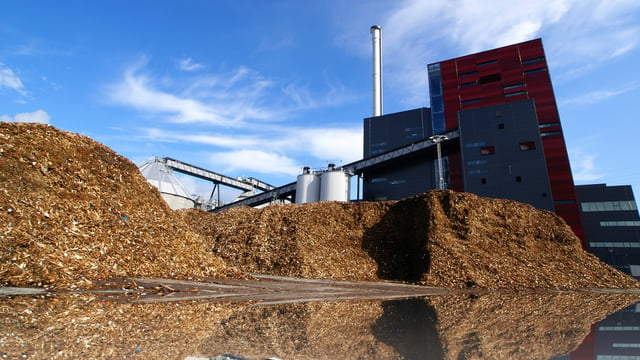Silage stocks tightening, Teagasc
The recent heavy rainfall has meant that grazing conditions are very difficult on many farms, very little fertiliser has been spread and a lot of stock are still fully housed. This is according to the latest advice from Teagasc out this morning. Consequently, silage stocks are starting to tighten on many farms, it has cautioned.
According to Teagasc, farmers are encouraged to:
- Walk the farm and target the driest fields for grazing first. Having 2/3 of the grass grazed by St. Patricks Day or slightly later may be more difficult to achieve this year this year. Graze the medium cover fields (approx. 800-1,000 kg DM/ha) first to allow a greater area to regrow from early to mid-March. Then graze the heaviest third of the farm next. Grass continued to grow over the winter on many farms this year so average farm cover is higher than usual. When grazing conditions improve, such covers will allow you to turn more stock than usual out to grass. Should conditions continue to be difficult on your farm use on-off grazing to get grass grazed.
- If you are short of silage, it is important to act now, and not wait until you have run out of silage before taking action. Assess current fodder stocks. Be realistic about turnout date and allow an additional buffer of 2-3 weeks.Have fertiliser in the yard ready to spread as conditions dry up. The target fertiliser N application rate for March is 23-40 units N/acre (28-49 kg N/ha). Apply 40 units at stocking rates of >1.6 Lu/ha; 23 units/ac at stocking rates of <1.4 LU/ha and 30 units/ac at stocking rates in between. Urea is a third cheaper and safer to use in March than CAN on practically all soil types. None are safe to use on waterlogged ground.
- Slurry application in conditions that cause either soil damage from traffic or potential losses of slurry to waters should be avoided.




